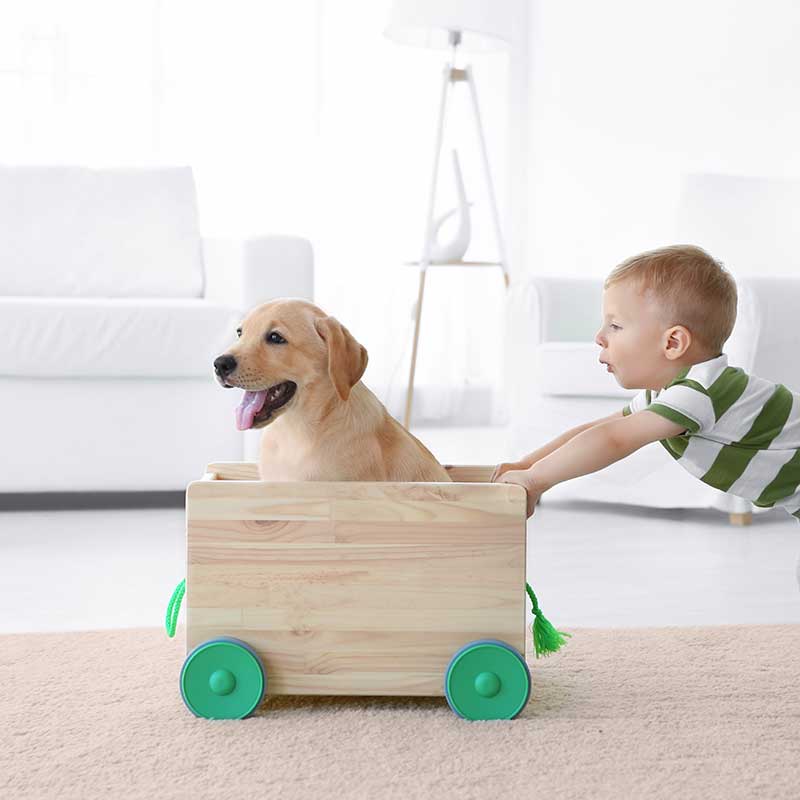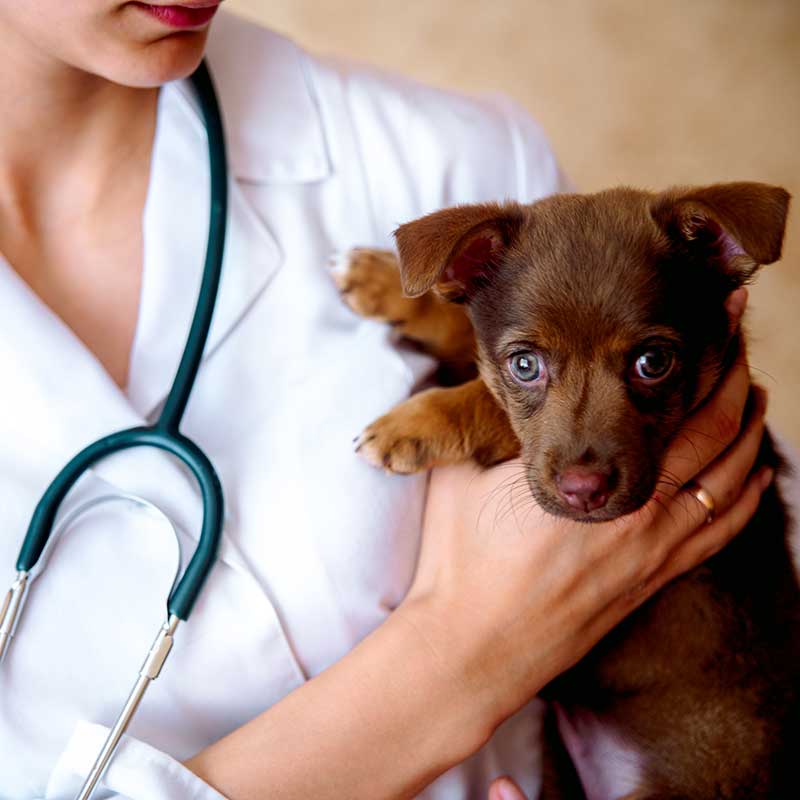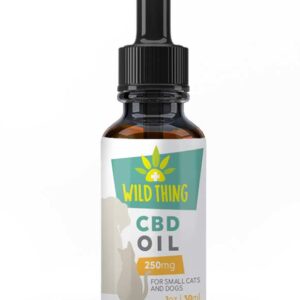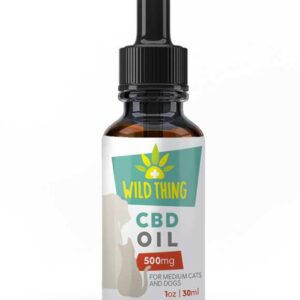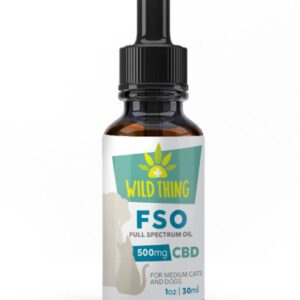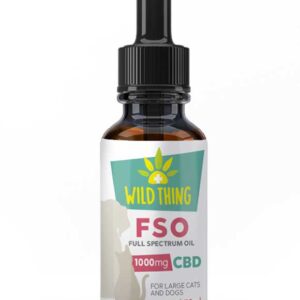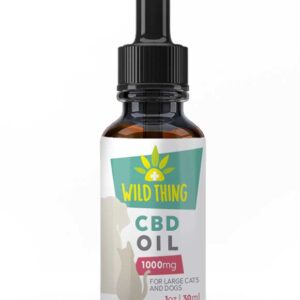Do you remember what growing pains were like? Of course you don’t, we were around eight when those started. If you could remember them, though, you’d remember leg and joint pain in the evenings and early mornings. Growing pains are no joke and they can become a recurring problem as some people mature into adult life. Dogs, puppies and even cats can suffer from this ailment too. It’s called Panosteitis and it’s not a good time for your pets. Imagine waking up in the morning, or late at night, with a throbbing pain that you didn’t understand and couldn’t communicate to anyone? It wouldn’t be a very nice time. While technology doesn’t exist for us to talk to or understand our pets (yet), we can better understand the warning signs of certain ailments so we can ensure that our furry-family-members live a long, happy, pain free life. This blog will look at what Panosteitis is, where it comes from, what it looks like and how you can treat it with CBD Oil for dogs with Panosteitis.
What Is Panosteitis?
Panosteitis is, basically, growing pains for dogs and cats. Just like in their human counterparts, panosteitis in dogs & panosteitis in puppies is a common part of growing up. Often referred to as “Pano”, pano in dogs causes severe pain in the long bones of your pet, causing growing pains in dogs and puppy growing pains associated with aging. Dog panosteitis symptoms are similar to humans – achiness, soreness, fatigue and muscle & joint tightness – and they often affect large dog breeds more but has been found in smaller pups as well. Panosteitis in dogs often occurs in the 5-14-month range which is why it’s regularly referred to as “puppy growing pains”. What are growing pains in puppies symptoms? How can you soothe the symptoms of pain in your dogs? Let’s explore panosteitis in dogs further.
What Causes Panosteitis in Dogs?

The actual causes of Panosteitis in puppies and dogs is still relatively unknown, but experts have been offering their best guesses on the matter for years. The best educated guesses have attributed the causes of panosteitis in dogs to pressure building up inside the bones. After a matter of time that pressure will build up and put unwanted pressure on the nerves, which is then translated as pain by the brain. Speculation on the cause of pano in dogs and panosteitis in puppies touches on infectious causes and even a theory that many dog panosteitis symptoms could be hereditary.
There have been instances whereby a dog that’s never shown signs of panosteitis suddenly exhibiting symptoms after a marrow transplant from a patient that suffered from the disorder. There’s still lots of data that needs to be collected on this condition, but no solid causes have been deduced as of yet. Unfortunately, that means that we can only keep an eye on our pets to see if they start showing any signs of panosteitis. How can you tell the differences between pano in dogs and puppy growing pains? Is there a difference? There are certainly different degrees of pain, discomfort and debilitating symptoms when it comes to yours pet’s aches & pains, but determining whether fido is suffering from dog panosteitis symptoms or just your average growing pains in dogs can be tricky. When’s the last time your pooch ever told you how they’re feeling? We’re sure they’d love to, but it’s up to caring owners to be in-tune with their pup’s behaviors & cues. Let’s look at some of the growing pains in puppies symptoms vs dog panosteitis symptoms to be able to pick up on the likelihood of your dog having this achy condition.
What Are The Panosteitis Symptoms in Dogs?

Thankfully, as thankful as you can be for seeing your lil’ guy or girl in pain, Panosteitis symptoms are relatively easy to spot. Pano in dogs will usually show itself in the form of limping and/or lameness of the legs. You might assume that your pet is limping or dragging their paws because of break or sprain, that’s why X-rays are used to confirm the diagnosis. While limping is the main visual cue that something is wrong with your dog or cat, Panosteitis symptoms can lead to future problems that aren’t connected to leg pain. If your pet is good at hiding their pain, or Pano is affecting them more before you’ve even woken up for the day, you may notice symptoms like:
- Loss of appetite
- Inflammation
- High fever
- High white blood cell count
While the odds of you looking at your pet and thinking, “their white blood cell count looks low” are pretty low so we recommend that you take them to the vet immediately. Whenever it looks like something may be off with your pet Wild Thing Pets always recommends scheduling a vet visit as soon as possible. Identifying the problem is the first priority before any suggestions on easing symptoms can occur.
What Are Commonly Affected Breeds by Panosteitis?
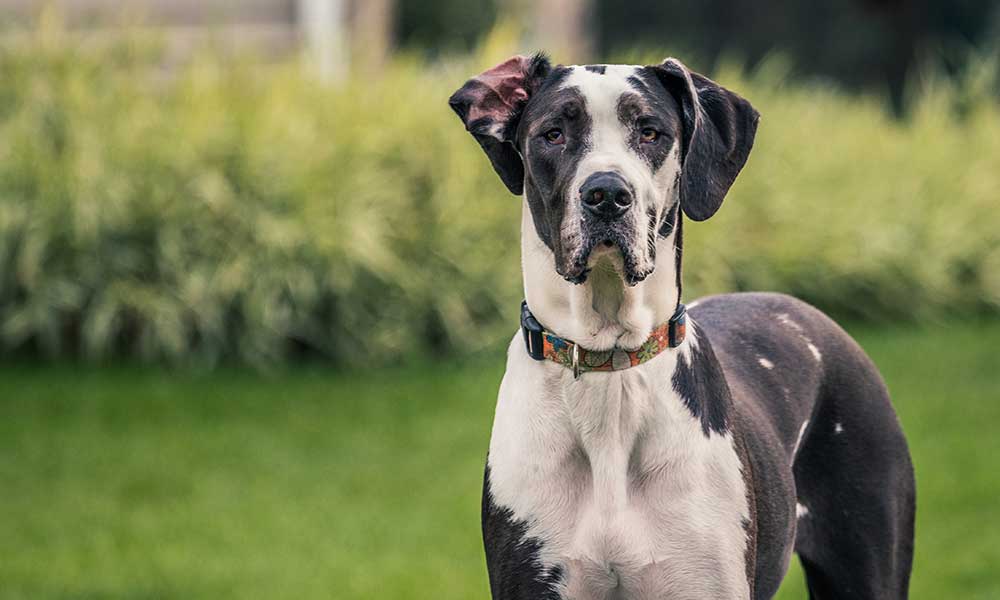
Fortunately, and unfortunately, Panosteitis is a relatively breed specific ailment. While puppy growing pains due to Panosteitis is common in younger dogs (Hence the name “growing pains”), it’s actually more commonly found in larger dog breeds. Larger the dog, the larger the bone, the larger the pain. Makes sense. Great Danes, German Shepherds, Basset Hounds etc. are some of the more commonly affected breeds when it comes to Pano. Aside from breeds, Pano in dogs seems to be predominantly male, but there have been cases of it affecting female dogs as well. There is still much research that has to be done on this ailment and animal science is working to better diagnose it so that they can find better ways to manage the process and pain that accompanies the condition.
Is Panosteitis Painful?

Short answer: Yes, Panosteitis in dogs can be quite painful. Dogs suffering from the condition reportedly show symptoms of lameness in the legs, due to the pain, and discomfort that comes from walking or running. Referring to our opening statement, do you remember when you went through growing pains when you were young? If you do, you remember the stiffness in the joints and how it was more intense during the late nights and early mornings. During the growing period, humans grow roughly ½” a night while we mature. To fully understand the feeling of Panosteitis in dogs, you can refer to our own growing pains to get a grip on what it’s like for our pups.
How Is Panosteitis Treated?
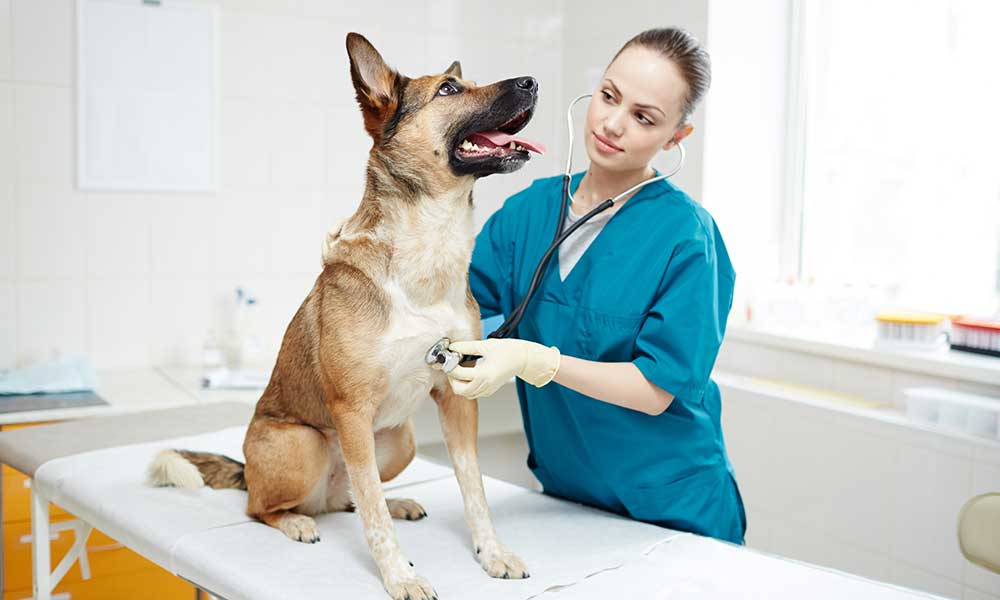
This is where Verlota CBD Oil for Dogs steps in. As it stands now, the most prescribed medication for dogs with Panosteitis is a drug called Meloxicam. Meloxicam, or ‘Mobic’, is a non-steroidal, anti-inflammatory drug used to treat pain in its subjects. Just like other chemical-based drugs, it can be hard on the system after prolonged or improper use.
SIDE EFFECTS OF MELOXICAM:
- Black or bloody stool and/or diarrhea
- Blood in the vomit
- Swelling or weight gain from fluid retention
- Increased thirst and/or urination
- Fatigue or weakness
- Jaundice (yellowing of skin, gums or eyes)
- Itchiness
- Abdominal pain or tenderness
While Meloxicam can be (and is) used inter-species for pain relief and anti-inflammation, that is not the case for all pain medications. NEVER give your pet over-the-counter medications that you may take for your own pain or discomforts. Over-the-counter drugs can wreak havoc on your pets digestive system and cause a host of other issues like: kidney disease, liver damage, bleeding disorders and even death.
Conclusion

That’s why you should consider switching to CBD Oil for dogs with Panosteitis. While we recommend you always consult your veterinarian with any illness or ailment, the benefits and results of CBD oil for dogs and cats is nothing to overlook. CBD oil is derived from the Hemp plant and comes with no added chemicals, GMOs and more. It’s all natural and, obviously, American made. CBD Oil for dogs with Panosteitis can help to reduce pain & inflammation in your pet because CBD has natural anti-inflammatory properties. It binds with the pain receptors in your pets body and aids with sensory perception, inflammation and body temperature.
Panosteitis isn’t a fatal condition to affect your best bud, but it is rather uncomfortable. Communicating with our pets is a difficult task. We can keep an eye on symptoms and signs and know when our pet is feeling/looking ‘off’. Diagnosing what is wrong with them is a whole other ball game. We can only speculate so much and it’s always best to consult your vet to find out exactly what is wrong with them. The last thing you want to do is self-diagnose or diagnose your pet incorrectly. If you find out that your pet may be suffering from Pano, then CBD oil for dogs is a viable supplement or replacement for harsher drugs. CBD oil for dogs is never to be taken as a miracle cure, but if we can lessen the symptoms of a condition, like: Pain, lameness, attitude etc. without having to give them harsh, chemical based, pharmaceuticals that could run a muck with their quality of life, then it’s at least worth looking into. Wild Thing Pets are pet owners, pet lovers and CBD users. Every day we see the benefits of working CBD into our pet’s routine and the leaps it can make with pain reliever and anti-inflammation. New studies and information on CBD are constantly being released and backing up the claims of people and pet owners already using the product.
Frequently Asked Questions

How is panosteitis treated?
Because panosteitis in puppies and dogs is intermittent, infrequent or spontaneous, to treat the condition and its symptoms its recommended to use analgesics (pain medications), anti-inflammatories and other remedies for temporary pain relief, such as CBD oil.
How long does it take for CBD oil to work for join pain in dogs?
Relying on CBD oil to relieve growing pains in your dogs can be effective, but always be sure to check with your veterinarian before including a new remedy or supplement in your routine. CBD oil is very versatile, but that also means that every dog can have a very different required dose – depending on your pooch’s size, weight, breed and health you’ll need to give your k9 a range of CBD strengths. Check out our handy dosage guide for more info!
Will CBD oil calm my puppy down?
CBD Oil is great for calm, nervousness, soreness and fatigue. Puppy’s with growing pains and growing pains symptoms in puppies can be tough to deal with, without even mentioning your young pup’s boundless energy. Cannabidiol from hemp can help your dog to feel at ease while also reducing their aches & swelling – two common symptoms of panosteitis in puppies.
How long can panosteitis last?
Panosteitis is commonly experienced by your dog for around 2-6 months (on average). Certain cases will be much shorter or longer, but if dog panosteitis symptoms last longer than 5-6 months make sure you visit your veterinarian to determine of another health issue is occurring in your dog.
What can I give my dog for panosteitis?
Generally speaking, pain medications, anti-inflammatories, therapeutics and natural remedies like hemp-derived CBD can treat the symptoms of growing pains in your dogs. When dealing with puppy growing pains, be careful to administer safe doses to your pup, and also consult with your veterinarian before including a new remedy or supplement in your dog’s routine.
Can a dog limp from growing pains?
Panotheitis in dogs and puppies can certainly cause a number of health issues, such as soreness, limping, lameness and fatigue.
Want to Learn More? Not sure if your dog has panosteitis symptoms, or what to do about panosteitis in your puppies?
Download our AILMENT GUIDE NOW.
PLUS! all FIRST TIME buyers get 50% off their additional order. Visit verlota.com to get your discount code.

